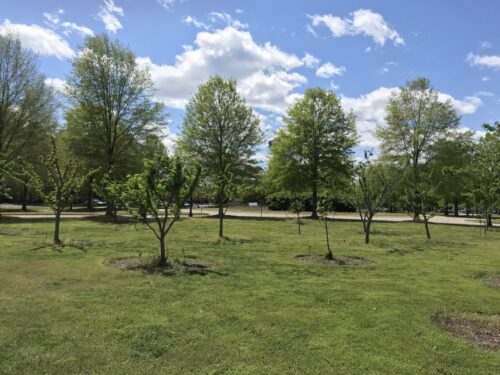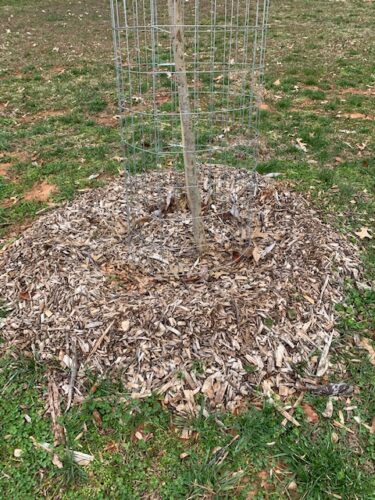Urban Forestry Comes Full Circle
July 29, 2021 3:54 pm
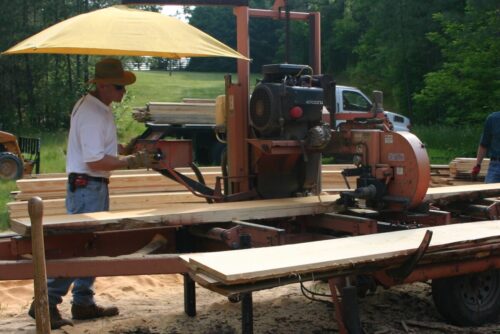
By Joe Lehnen, DOF Forest Utilization and Marketing Specialist, and Molly O’Liddy, DOF Community Forestry Partnership Coordinator
Trees may have a lifespan, but wood is a renewable resource. Since trees are made of wood, is there truly an end to their useful lives? The answer, of course, can be “no,” if we consider the continuous carbon storage capability of durable wood products. Trees can also continue to be of service in other ways, after they are removed from the landscape.
If you ask a municipality how much it typically costs to remove urban trees each year, the amount is usually greater than the budget allows. Contracting fees, equipment usage, hauling rates, and tipping fees are factored into each tree taken down, increasing the total cost of removal. However, if we adjust our way of thinking to focus on managing the resource in its entirety, removing the tree is just another step in utilizing a renewable resource for local economic gain.
Full circle urban forest management takes into account that each tree is a renewable resource; therefore, decisions can be made throughout its life to produce a closed system of zero net waste. We achieve this by making intentional management decisions within three main focus areas: tree establishment, tree care, and urban wood utilization.
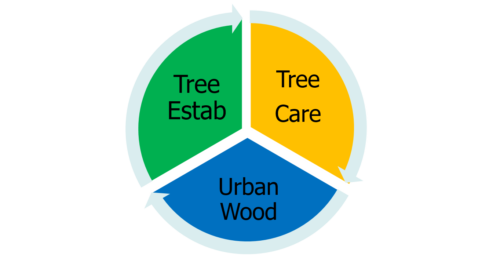
Many communities in Virginia already have some sort of urban forest management plan or tree care ordinance, which outlines intentions associated with establishment and care. Very few capitalize on the third opportunity – urban wood utilization. There are many examples of ways a community might use its wood more efficiently. Annual leaf collections can be composted, for use with future tree plantings. Small twigs and branches from pruning may be chipped for use on trails, playgrounds or as mulch on tree plantings. Larger limbs might become firewood. Suitable tree trunks can be milled to create boards and wide slabs for future products.
- Chesterfield Food Forest
- Wood chips as mulch
A desired result from the sale of these products is monetary return, circling back into the municipality’s urban forestry program. The funds generated by the sale of urban wood products can then be designated for young tree management practices during those critical first few years of a tree’s life in the urban environment. An active and innovative urban wood program should be considered as one of the “arcs” in the full circle management of our urban natural resources.
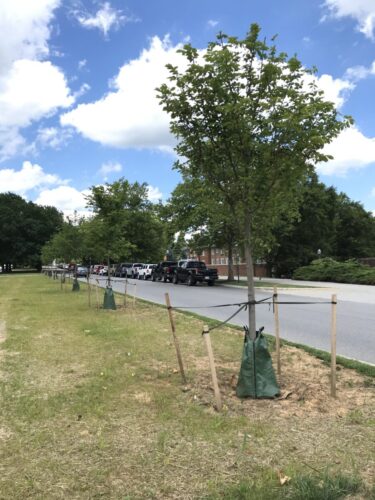
Sale of products from old trees = funding for new trees!
Tags: Urban Forestry
Category: Marketing and Utilization, Urban and Community Forestry

